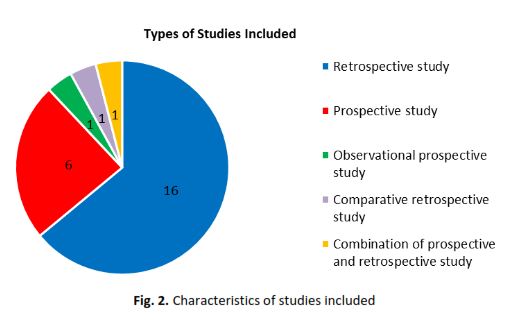Effectiveness of Tube Potential Reduction and Scan Range in Dose Reduction in Computed Tomography (CT): A Systematic Review
DOI:
https://doi.org/10.37934/jhqol.4.1.3354aKeywords:
Computed tomography, tube potential, scan range, radiation dose reductionAbstract
Computed Tomography (CT) is one of the most used imaging modalities. As CT continues to expand its usage, public has raised questions regarding the adverse effect due to radiation in CT. Dose reduction techniques without affecting good quality image useful for diagnosis remains a major concern in healthcare. However, limited studies that focuses on the effectiveness of reducing tube potential or adjustments of scan range on CT dose reduction can be identified in recent years. The objective of this study is to systematically review the effectiveness of reducing tube potential and scan range in dose reduction in CT. Literature search was conducted via PubMed and Google Scholar within a span of 15 years from 2008 to 2023 with the use of phrases and keywords that are specific. Studies that are duplicated or contain insufficient data are excluded. A single reviewer conducted the screening of the title, abstract, objectives methods and results of the studies. 25 studies from a total of 486 studies was included in this review after adhering to the Preferred Reporting Items for Systematic reviews and Meta-Analyses (PRISMA) flow diagram. 16 of the studies achieved radiation dose reduction by decreasing the tube potential while nine other studies achieved radiation dose reduction by implementing a reduced scan range protocol. The dose reduction percentage by tube potential reduction ranges from 6.5% to 63%, whereas the dose reduction by reducing scan range ranges from 11% to 71%. The efficiency of tube potential reduction and optimised scan range in lowering radiation doses in CT has been shown by this systematic review where reduced tube potential protocol can effectively reduce patients’ radiation dose without sacrificing image quality, while decreasing scan range can also decrease radiation dose received by patient without missed diagnosis of disease. Both of these protocols are recommended to be use in future clinical practices.














